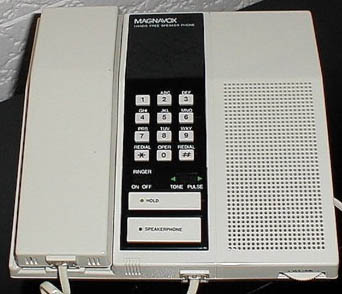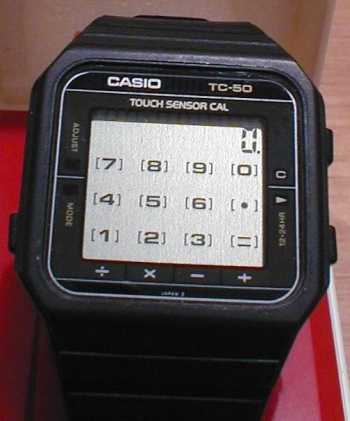Another “luggable” computer from the early days, this Kaypro II was an incredibly durable, albeit heavy system. The chassis and keyboard were made of steel, and though the two latched together to form a single piece, we dare anyone to carry it for a significant length of time. The display on the Kaypro is slightly larger than that of the Osborne I, but it also required a boot disk and wall socket to prove useful. Rumor has it that the producers of the film 2010 communicated work back and forth between the US and India during filming using this system and a modem.

Monthly Archives: January 2002
1979 Bone Fone
One of the many great inventions publicized by the incredible JS&A Group, the Bone Fone put a unique spin on personal stereos–with its wrap-around design unique speaker placement, the vibrations “resonate through your bones–all the way to the sensitive bones of your inner ear” giving the listener breathtaking sound.
The Bone Fone was one of the many novelty radios reaching a niche radio buyers back in the ’70s and early ’80s. Joggers, cyclists and disco roller skaters loved the convenience of the handy little radio while exercising; techno-weenies like us appreciated the unusual approach toward high quality stereo sound. The Bone Fone wasn’t cheap–it cost over $70 US but included lycra sleeves in an array of colors and even a fabric pattern to create your own.
The Bone Fone’s interest was short-lived, as most wound up in tag sales when the Walkman boom hit in the early ’80s. Today, the personal stereo’s capabilities have reached urban legend level proportions though in all likelihood, one could probably get the same effect by breaking a set of headphones in half and taping each end to one’s chest. The radios are in high demand and probably fetch the same as what one would have paid when they were initially sold.

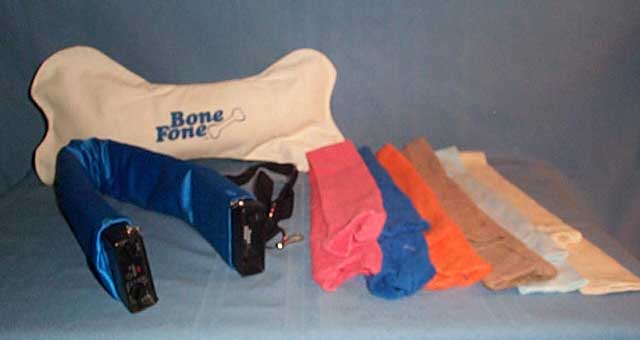
A Whole Bunch On Our NYC Trip!
With a storefront like this beckoning you from across the street, how could you resist? Yedsonic Electronics, 25th & B’way.
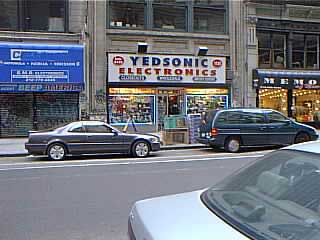
From the decade of excess, a typical three-way speaker just won’t do. Say hello to JVC’s (Japanese Victory Components, that is) eight-way monster.
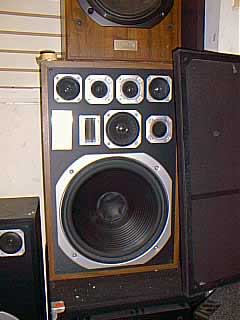
At first glance, this may seem like 50 pounds of plastic. Flip the switch, and it shall be confirmed. Boombox eye candy observed on Broadway.

Ghetto blaster bliss for $89. This one’s probably got the density of a sponge cake–it can’t weight more than 5lbs.
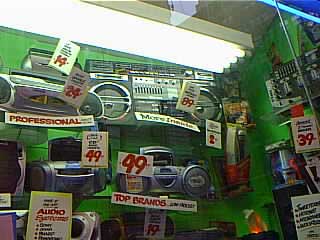
Co-host Paul scans this table of garbage discriminately while recording the action for our radio show.

A discerning eye in Chinatown may catch a vintage component or two, like this mid-80s Sunkyong stereo TV tuner or the off-white Curtis Mathes satellite receiver in shrinkwrap.
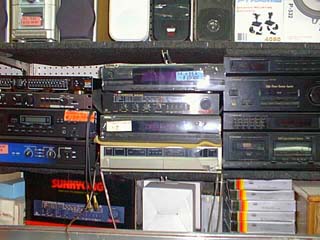
Yes, co-host Jay is very excited to see this mid-80s Emerson. But that really is just a microphone in his pocket.
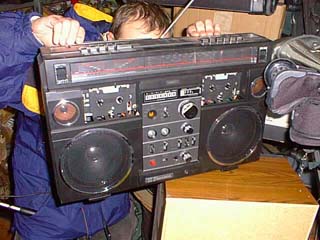
In case you missed the last one, here’s five more where that came from.
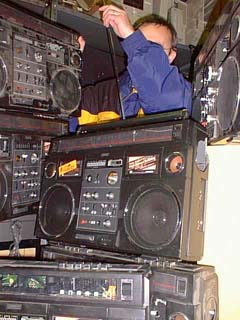
Rack after rack of pure electronic trash–we wouldn’t want it any other way.

Recall, if you can, a world before calculators: spending minutes to perform simple arithmetic with a pencil and paper. When they finally became available to the masses, we treasured them for their precision and speed. Today, we find them by the dozen in cardboard boxes on a dingy floor for $1.00 apiece.
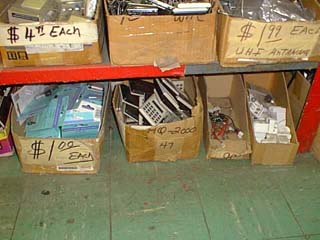
More pre-Pentium hardware like this 1983 Panasonic Sr. Partner, transportable computer. Sporting dual 360k 5 1/4 inch floppy drives, an 8088 processor and original price of $2500, today $15 takes it home.
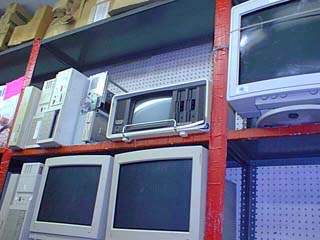
Silver knobs, simulated wood cabinets, analog meters; alive and well and Chinatown.
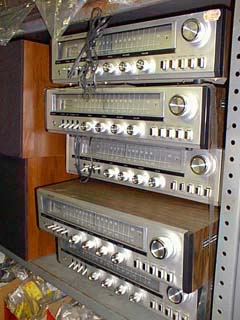
Trust your family’s security with the company who brought the Dukes of Hazzard to your wrist. An early 80s video security system by Unisonic on sale for $59.99.

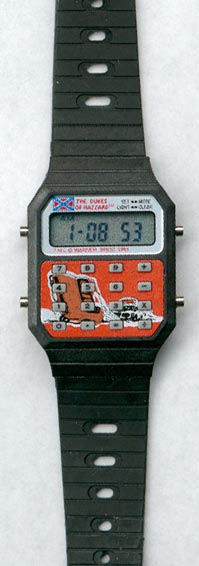
Co-host Jay hones his sifting skills for the upcoming flea market season.
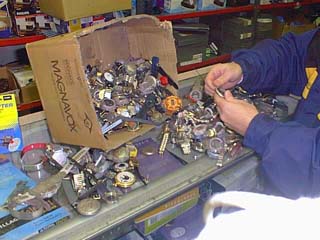
Uncle Steve representin’ Chinatown…with quality brand names in home and car audio.

Nerd Watch Museum: Calculator Watches, Part One
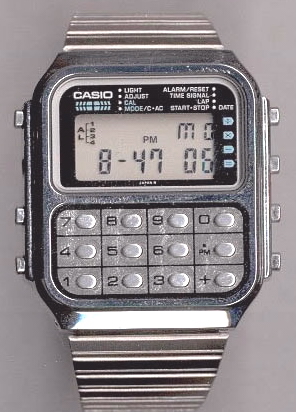
Casio CA-951 1982 calc watch w/ 4 alarms, 2 melodies.
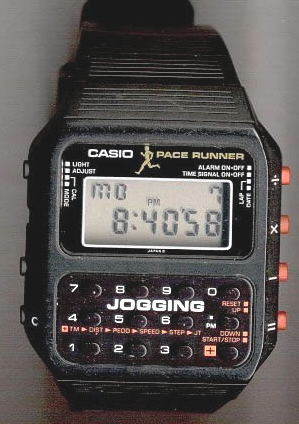
Casio J-100 aka the Coach, the Jogging Computer, the Pace Runner, 1981 runner’s calc watch with speed, distance, etc.
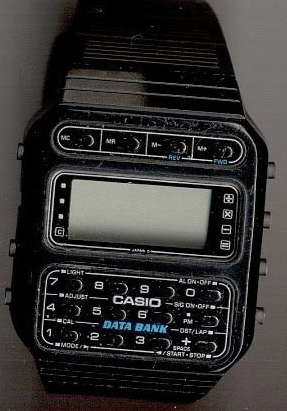
Casio CD-40 Casio’s first databank with storage, c. 1983.
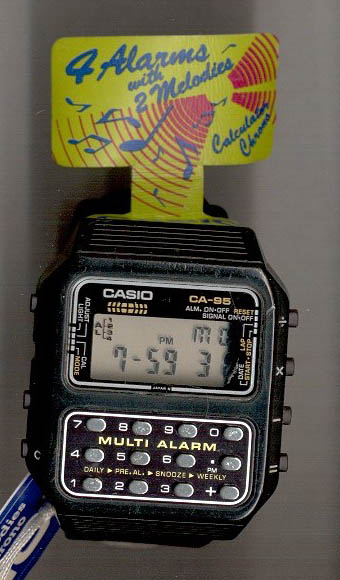
Casio CA-95 Black plastic version of CA-951.
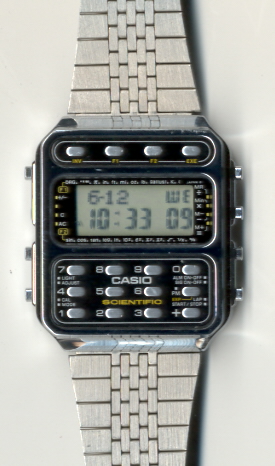
Casio CFX-200 Casio’s first scientific calc watch, c. 1983.
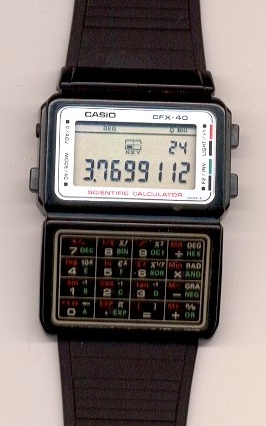
Casio CFX-40 Slim scientific calculator watch, c. 1985.
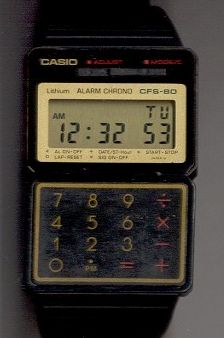
Casio CFS-80 Wafer calc watch, ultra-slim, light-weight, c. 1985.
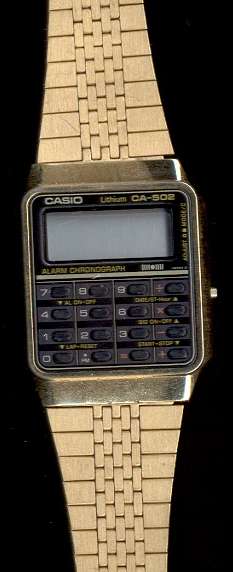
Casio CA-502 Goldtone version of Casio’s basic calc, c. 1985.
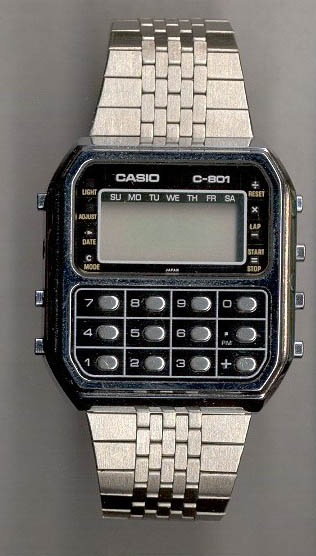
Casio C-801 c. 1980; Casio’s first metal calculator watch, c. 1980.
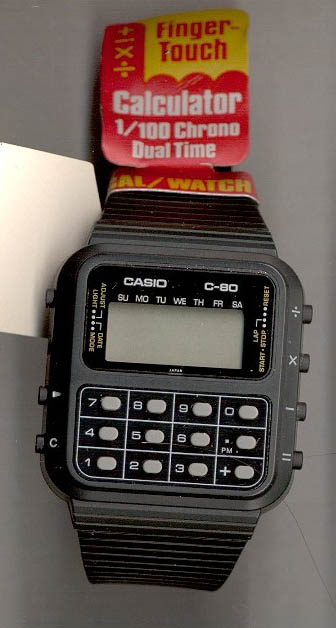
Casio C-80 Casio’s first calc watch, black plastic version of the C-801.
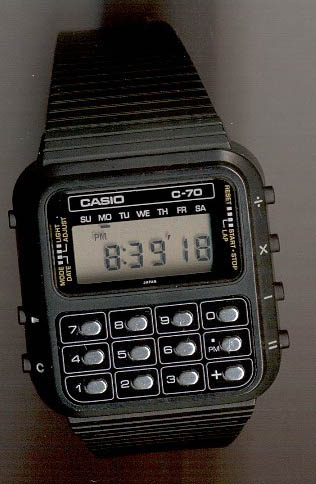
Casio C-70 Early calculator with 6-digit display.
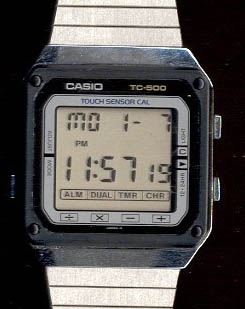
Casio TC-500 Touch Sensor Cal, First screen touch-sensitive calculator watch, c. 1983.
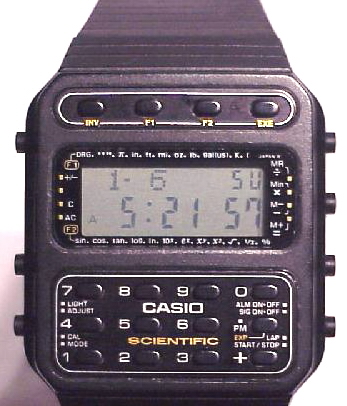
Casio CFX-20 Black plastic version of CFX-200.
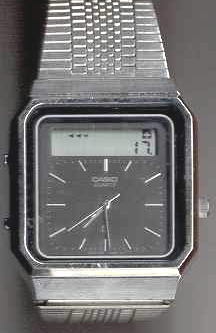
Casio AT-550 aka Finger-Trace, Janus; “Reads” numeric input on touch-sensitive crystal, c. 1983.

Casio TC-600 Second release of touch screen cal, c. 1985.
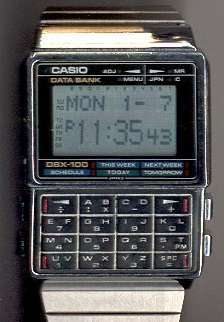
Casio DBX-100 Dot-matrix data-bank & calculator, c. 1985.
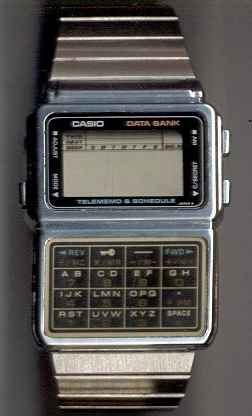
Casio DBC-600 Casio’s legendary Telememo model, c. 1985.
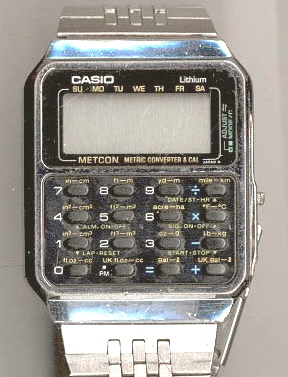
Casio CM-321 MetCon Metric Converter & Cal converts metric & imperial measurements.
1981 XXX-Rated Digital Watch (Caution: Explicit!)
Count on Pocket Calculator to unabashedly bring you the finest in lost vintage electronics! To Paul’s dismay, the images were tough to capture, but we think you’ll get the idea! Several different acts are played out to a melody of the “Can Can”. Using the same case and module design as the Nelsonic “Space Attacker” game watch of 1981, we presume the “Sexum Watch” came out of the same Hong Kong factory.
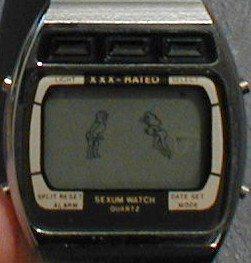
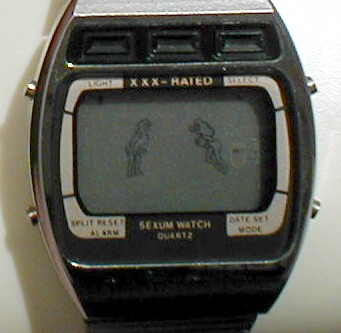
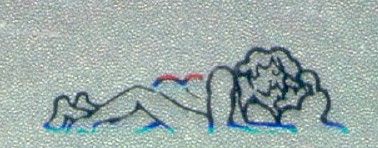
Magnavox SpeakerPhone
One of three NOS (look it up) gems we recently picked up at a surplus store in Maine. Yes, the speakerphone came into the realm of many household and even teenage budgets in the 80s, but it would be a little longer before such a modest investment would have a practical application. “You sound like you’re in a tunnel!” or “Get out of that trash can!”, are among the statements you can expect when attempting to converse on this Magnavox unit. Considering we paid $3 for it, we’re willing to take our chances.
